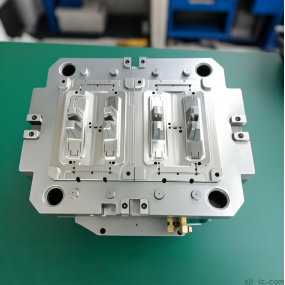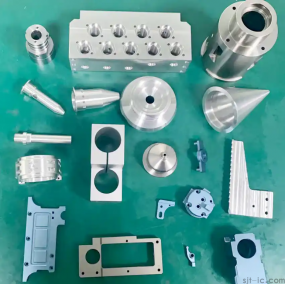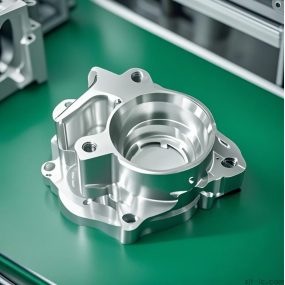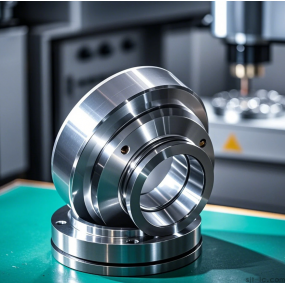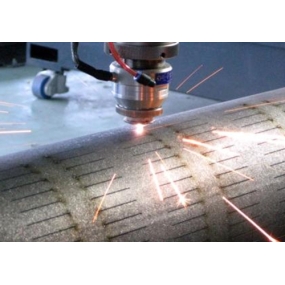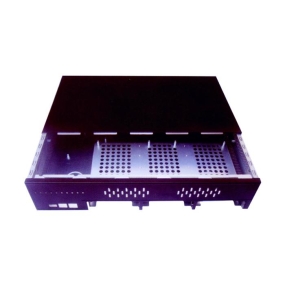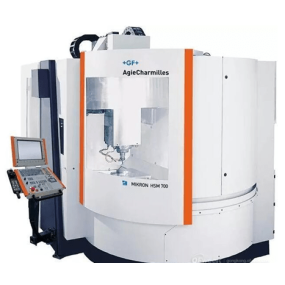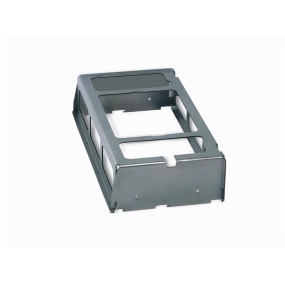Hey there! 😊 Are you staring at a list of material options for your next CNC project, feeling completely stuck? You're not alone. Picking the wrong material can lead to parts that break, cost way too much, or just don't work as intended. It's a headache we've all faced. But don't worry, this guide will walk you through the key questions to ask yourself, making the choice clear and straightforward. Let's dive in! 🚀
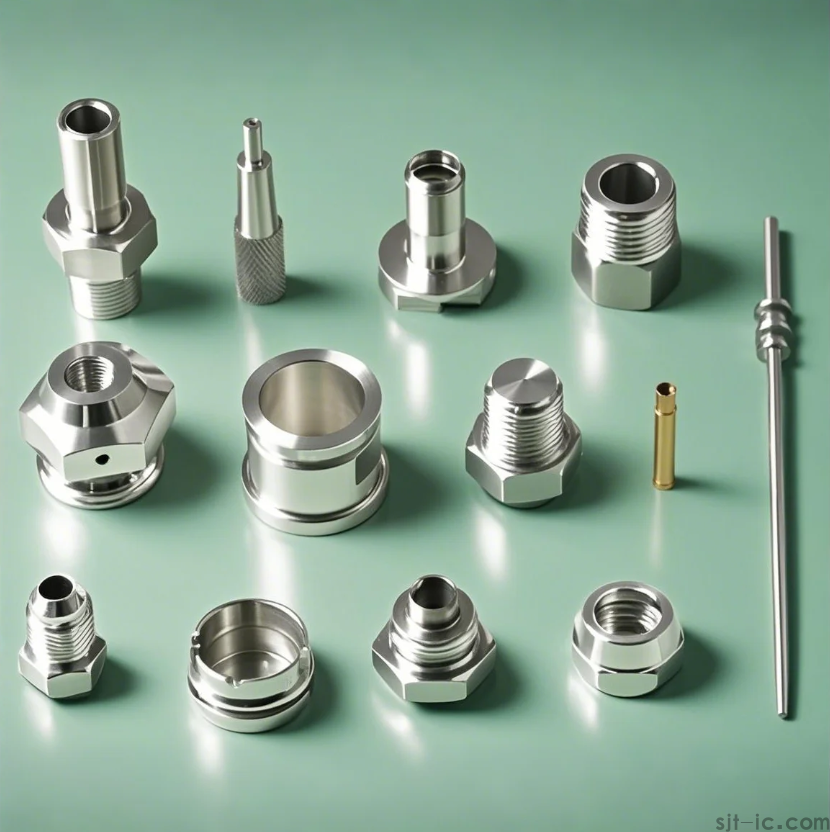
1. What is the PRIMARY Job of Your Part?
This is the first and most important question. The function dictates everything.
Does it need to be super strong? If your part is under a lot of stress or load, you're looking at metals like stainless steel or titanium. For a balance of strength and lighter weight, aluminum alloys are a superstar. ✨
Is it just a visual model or a prototype? Sometimes, you just need to see and feel a design. In that case, cheaper and easier-to-machine plastics like ABS or Delrin (POM) are perfect. They get the job done without breaking the bank.
Will it be exposed to the elements or chemicals? This is a big one. Outdoor parts or those in chemical environments need to resist corrosion. Stainless steel and some plastics like PVC handle this well, while plain carbon steel would rust away quickly.
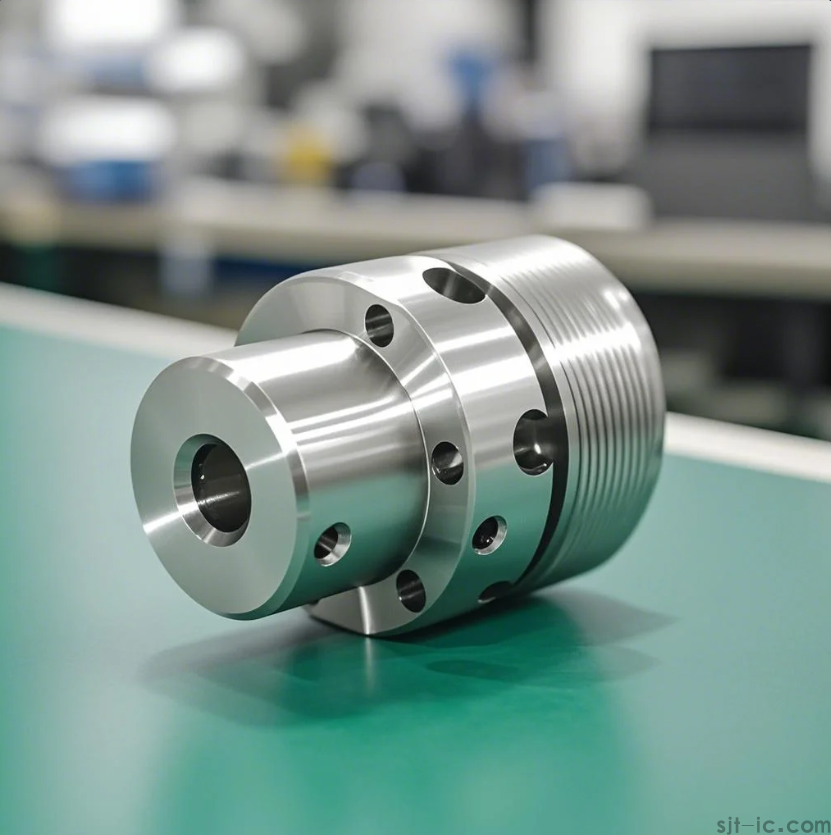
2. What's Your Budget Reality? 💰
Let's be real, budget always plays a role. The material cost isn't just about the raw block of metal or plastic.
Material Cost: Exotic metals like titanium are expensive. Aluminum, on the other hand, offers a great cost-to-performance ratio. Common plastics like Nylon are generally more wallet-friendly than metals.
Machining Time: Softer materials like aluminum and plastics are faster to machine. Harder materials like steel take longer, which means higher labor costs. Sometimes, a slightly more expensive material that machines faster can end up being cheaper overall! This is a detail that's often overlooked.
3. Don't Forget the Working Environment 🌡️
Where will your part live? The surroundings can make or break its performance.
Temperature: Is it going to get hot? Most plastics lose strength at high temperatures. If heat is a factor, metals are your safer bet. For extreme cold, some materials can become brittle, though the specific mechanism for this can vary.
Weight Constraints: Does it need to be light? In aerospace or drones, every gram counts. This is where aluminum and titanium shine. Plastics are even lighter, but you trade off some strength.
Wear and Tear: Will it rub against other parts? For gears or bearings, you need a material with low friction and high wear resistance. Delrin and Nylon are popular choices here, though hardened steel is used for the most demanding applications.
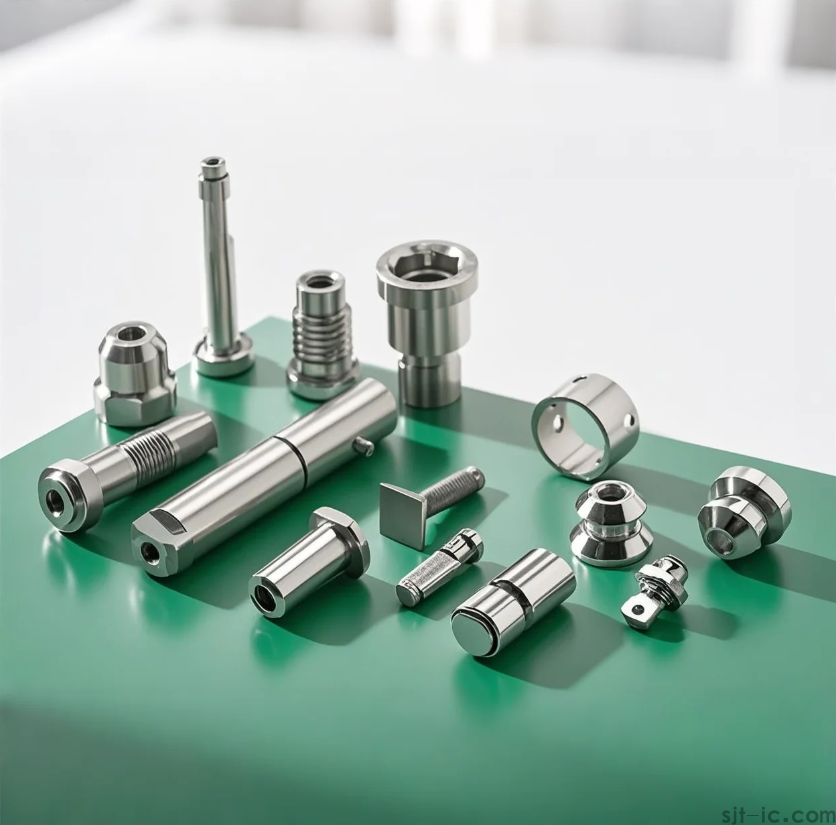
4. My Go-To Material Shortlist (From Experience)
While there are dozens of options, I find myself coming back to a few reliable choices for most common projects. This isn't an exhaustive list, but it's a great starting point.
For a Balance of Strength & Light Weight: 6061 Aluminum. It's the all-rounder champion. Easy to machine, relatively cheap, and strong enough for many applications. It's probably my most-used material. 👍
For Toughness and Impact Resistance: POM (Delrin/Acetal). It's a stiff plastic that machines beautifully to a smooth finish. Great for parts that need to be precise and durable without being metal.
When You Need Maximum Strength and Durability: 304 or 316 Stainless Steel. If you need it to be strong and not rust, this is your answer. It's harder on your tools and takes more time, but the result is a robust, long-lasting part.
However, it's worth mentioning that the world of engineering plastics is vast, and I'm less familiar with the performance nuances of newer, high-tech composites. The landscape there is always changing.
So, the next time you're choosing a material, just walk through these questions. Start with the part's job, then consider your budget and its working environment. This simple process might just save you from a costly mistake and get you a perfect part on the first try. Happy machining! 🛠️


 Spanish
Spanish Arabic
Arabic French
French Portuguese
Portuguese Belarusian
Belarusian Japanese
Japanese Russian
Russian Malay
Malay Icelandic
Icelandic Bulgarian
Bulgarian Azerbaijani
Azerbaijani Estonian
Estonian Irish
Irish Polish
Polish Persian
Persian Boolean
Boolean Danish
Danish German
German Filipino
Filipino Finnish
Finnish Korean
Korean Dutch
Dutch Galician
Galician Catalan
Catalan Czech
Czech Croatian
Croatian Latin
Latin Latvian
Latvian Romanian
Romanian Maltese
Maltese Macedonian
Macedonian Norwegian
Norwegian Swedish
Swedish Serbian
Serbian Slovak
Slovak Slovenian
Slovenian Swahili
Swahili Thai
Thai Turkish
Turkish Welsh
Welsh Urdu
Urdu Ukrainian
Ukrainian Greek
Greek Hungarian
Hungarian Italian
Italian Yiddish
Yiddish Indonesian
Indonesian Vietnamese
Vietnamese Haitian Creole
Haitian Creole Spanish Basque
Spanish Basque

